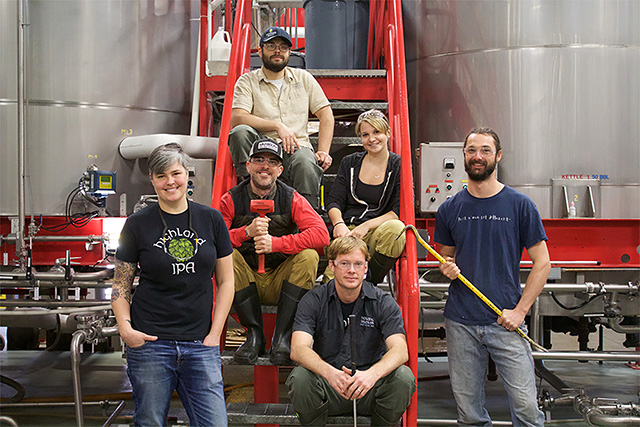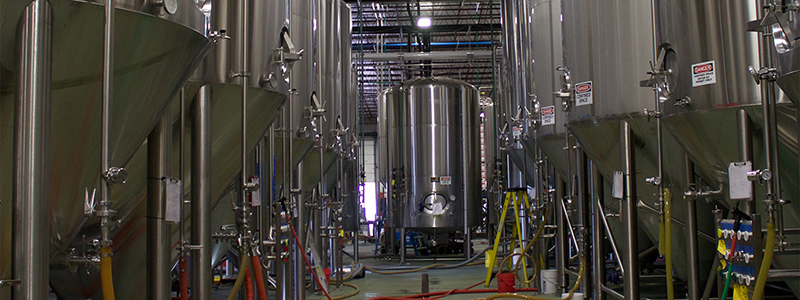
As it has become one of the more veteran breweries in the country, Highland Brewing in Asheville, North Carolina is no longer going to rest on its laurels as the city’s oldest brewery.
Exploring who its clients are, the brewery, led by marketing director Jennifer McLucas, sent out a survey through its consumer email newsletter to gather data pertaining to who Highland consumers are, what and how they drink and where they get their information about craft beer.
It’s all a part of what McLucas is doing to help reshape the brewery’s image.
“As Highland goes forward and we are rolling out new beers and switching our portfolio and embracing styles we haven’t done in the past, we want to figure out where that line is in what we do and getting a better understanding what Highland fans like to drink,” McLucas said, noting that she received nearly 400 responses back to help get a gauge of its consumer base. “We want to know about them and what makes them tick.

“For me to write down a strategy document, I can’t do that without this. It just helps inform our decision making.”
This isn’t uncommon.
SweetWater, Saranac and Dogfish Head all have sent out some sort of survey through its consumer newsletters recently. All dealt with a variety of topics including brand recognition, consumers thoughts on slogans, and design concepts.
Highland, which had never had a marketing director before McLucas started in August of 2015, is starting to feel the pinch of expansion and popularity of beer from Asheville.
Starting as the first craft brewery in the city in 1994, now there are nearly 25 breweries in the city of 80,000.
“It’s nice to have beer that sells itself, but we can’t bank on it,” McLucas said. “We wanted demographic info. That tells me where we, in marketing, can focus our energy and target those fans and what kinds of information they want.”
The results, she indicated, were sort of surprising.
Overwhelmingly, consumers got their info about a brewery from the brewery’s website and underwhelming was the amount of impact that came from online reviews.
“A significant difference,” she said, noting that marketers must keep an open mind, “because in all my years of the marketing world, you don’t get it wrong, but you find a new perspective. It makes you think in what we are putting together for three to five years and our strategy. It will form a lot in what we do.
“I don’t want to put down a blanket strategy without some information to support it.”
Currently available in nine states, discovering what its consumers want will be a key in expansion, McLucas noted.
“If we want to go deeper in the states then we have to do a better job and not just bank on the quality of our beer,” she said. “How are we talking to people and are we saying the right things? It can come later after we understand who our drinkers are and what they like to do and their behavior for buying and styles.”

Be the first to comment